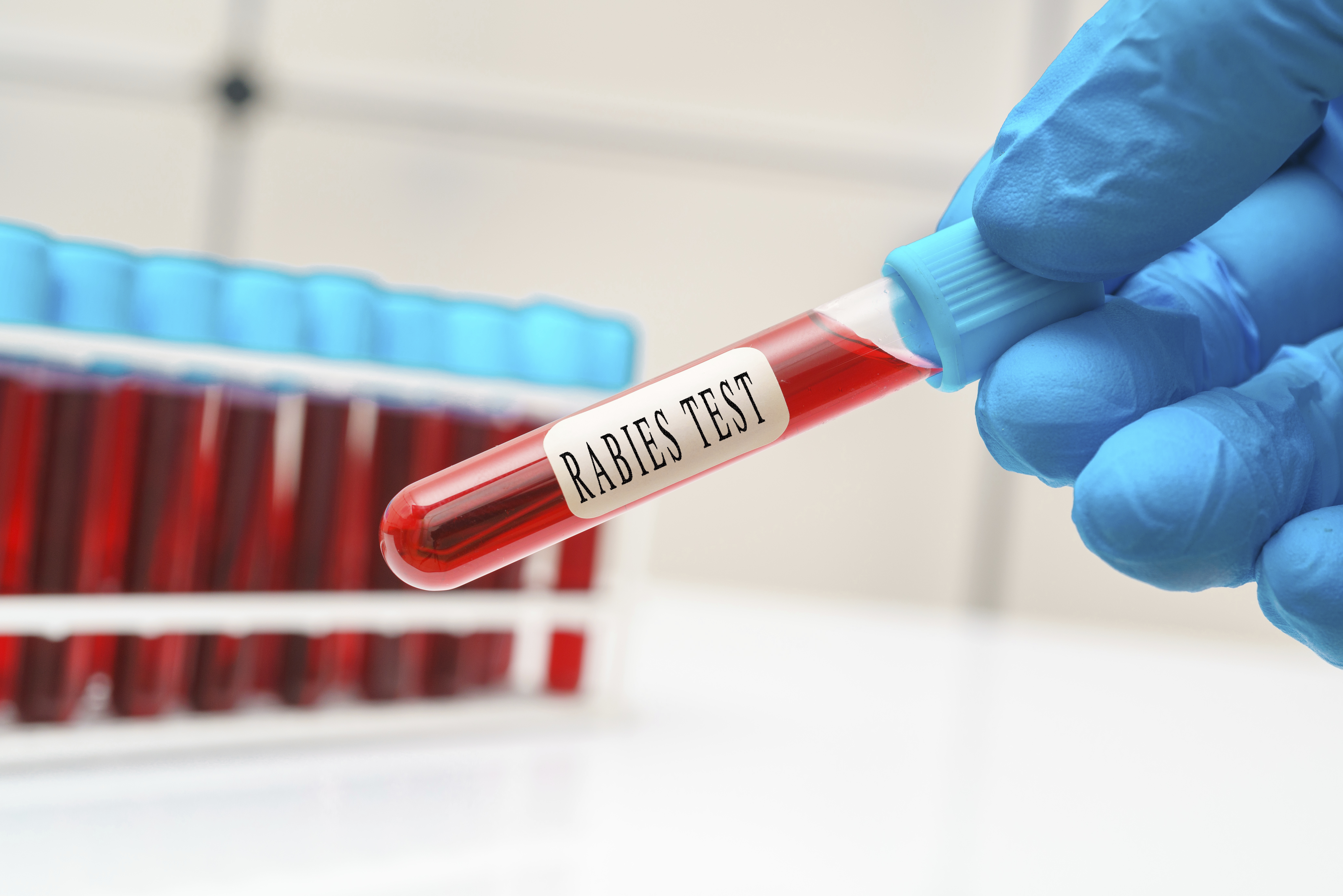
The Connecticut Department of Agriculture has confirmed cases of Rabbit Hemorrhagic Disease Virus Type 2 (RHDV2) in a group of rabbits at a home in Hartford County.
The highly contagious disease can be fatal to wild and domestic rabbits, according to the Department of Agriculture. It cannot be transmitted from animals to humans.
The agency received a report of the sudden death of 13 rabbits last week. A 14th rabbit died two days later. Lab results confirmed RHDV2 in the rabbits on Sunday.
The source of the outbreak has not been identified and there is no evidence of infected rabbits in other locations, according to the agency.
Get Connecticut local news, weather forecasts and entertainment stories to your inbox. Sign up for NBC Connecticut newsletters.
RHDV2 has previously been detected in domestic rabbits in New York and New Jersey and has spread through several states in southwestern states.
While it appears this case is isolated to one household, the Department of Agriculture is urging rabbit owners to ensure proper health and sanitary measures to prevent the disease.
The agency recommends the following best practices:
- Do not allow wild rabbits or pet rabbits from other locations to have contact with your rabbits or to gain entry to your facility or home.
- Do not allow visitors in rabbitries or let them handle pet rabbits without protective clothing (including coveralls, shoe covers, hair covering, and gloves).
- Always wash hands with warm soapy water before entering your rabbit area, after removing protective clothing and when leaving the rabbit area.
- Do not introduce new rabbits from unknown or untrusted sources.
- If you bring outside rabbits into your facility or home, keep them separated from your existing rabbits for at least 30 days. Use separate equipment for newly acquired or sick rabbits to avoid spreading disease.
- Sanitize all equipment and cages moved on or off premises before they are returned to the rabbitry.
What Are the Symptoms of Rabbit Hemorrhagic Disease?
Local
Rabbit owners are also urged to monitor their animals for signs of rabbit hemorrhagic disease. Those include sudden death, fever, lack of appetite, respiratory signs, nervous signs, internal bleeding leading to blood-stained noses, and anemia.
Anyone who suspects RHDV2 in their animals is asked to report it to the Connecticut Department of Agriculture.
Officials from the state Department of Agriculture said they consulted with the USDA and are not recommending that fairs cease exhibitions or shows.



